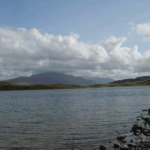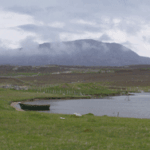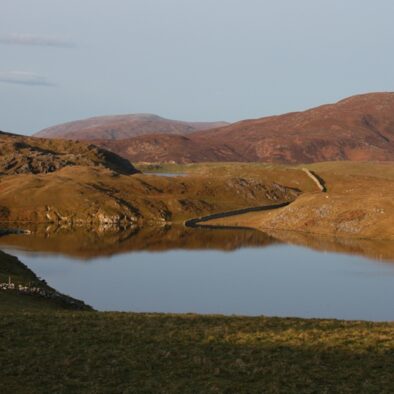Our Lochs
OUR WATERS
Durness Lochs
The four Durness limestone lochs located on the North coast of Scotland, in the county of Sutherland which vary greatly in their character and size of trout and is the place to go for challenging trout angling in gin clear limestone waters. The lochs produce wild brown trout of unmatched quality. The limestone lochs of the Durness peninsula are world famous with unique brown trout renowned for their size and fighting characteristics. They are found in any of the four limestone Lochs. With water crystal clear and an abundant natural food supply each Loch has unique features offering a different challenge. They vary in their look and feel but all share similar characteristics: an alkaline limestone source; crystal clear water; generally shallow with a few deep holes; prolific insect life; challenging and often difficult fishing with superb quality wild brown trout. This area has a famous name in the trout angling world. A geological treasure from the angling perception resulted in a large area of limestone being exposed around Durness consequently the waters around the area are alkaline, a rich and fertile environment where trout grow fit and large. Durness is uniquely special in that the lochs sit out on a semi peninsular of limestone surrounded by peat and gneiss studded hills. The area can be a bleak corner of mainland Britain and Durness is a wild and windy place but offers the most exquisite turquoise blue waters. The lochs here, Borralaidh, Caladail, Lanlish and Croispol are classic challenging waters; anglers need dexterity here for success. The call of these lochs is powerful and gripping with anglers returning to them every year in their quest. The trout are smooth, extremely well fed (the caddis alone can be 2 inches long never mind the shrimps and snails!), and they grow to excellent average weights of 1.5lb and are caught as big as 5lb plus. They can be exceedingly difficult to attract and you need every bit of an armoury of wet, dry and nymph flies. Small flies seem to work much better than large. Anything from a Sedge Pupae to a Teal and Green will catch but the weather has to be just right. As the average size of fish increases, the numbers reduce and the fishing generally gets harder. Tactics for the lochs usually depend on the weather conditions. In calm conditions or light winds surface dry fly (buzzers) or nymphs will likely be most successful, in medium winds and a light to medium wave traditional Scottish wet fly tactics will probably be best.







